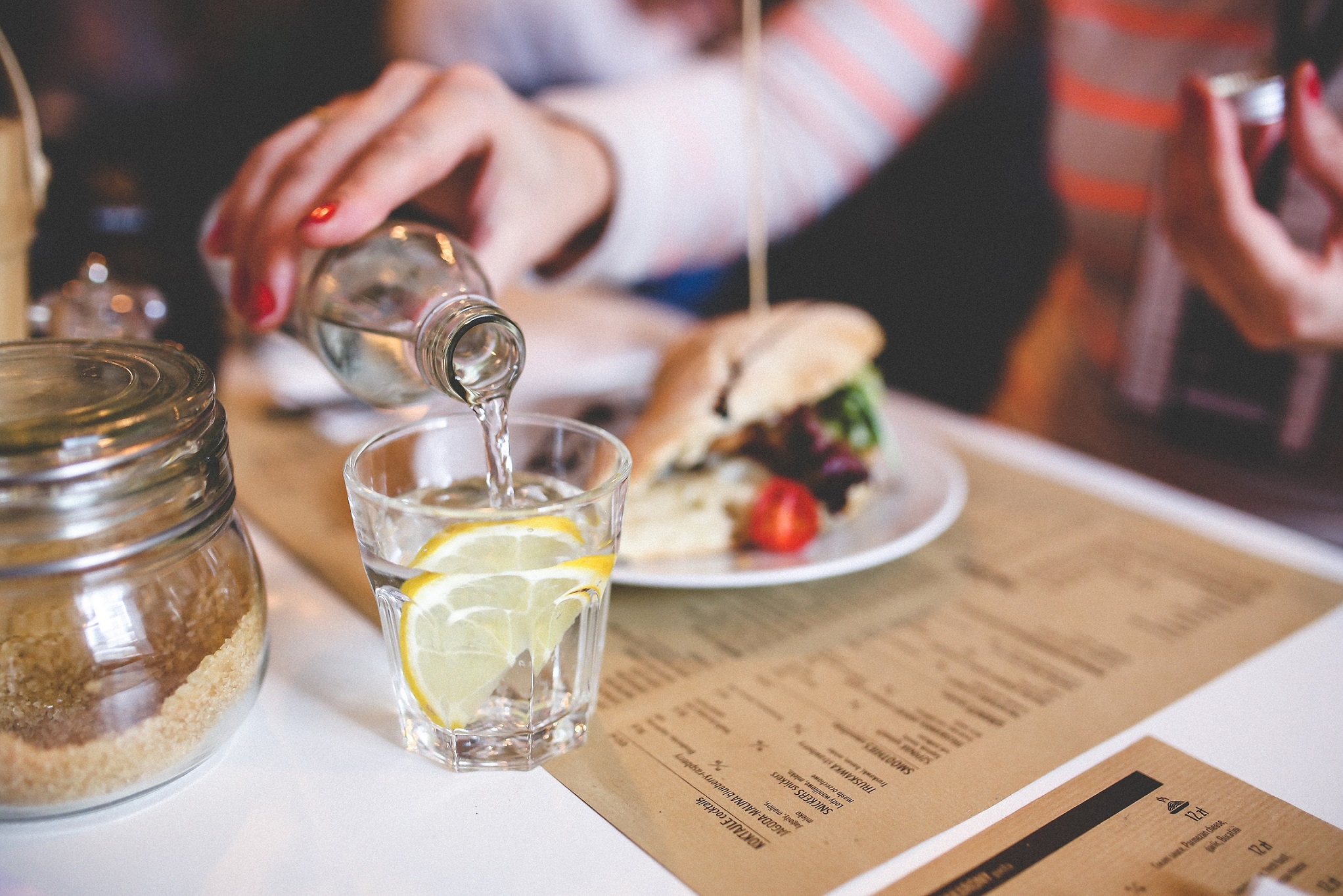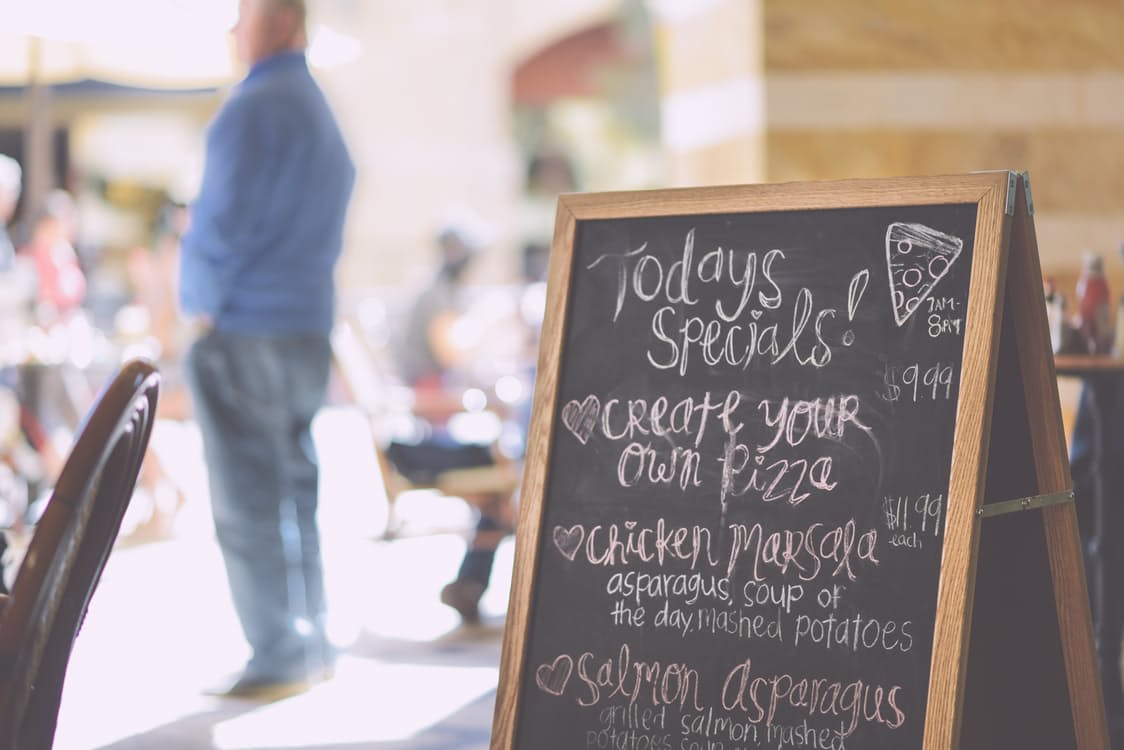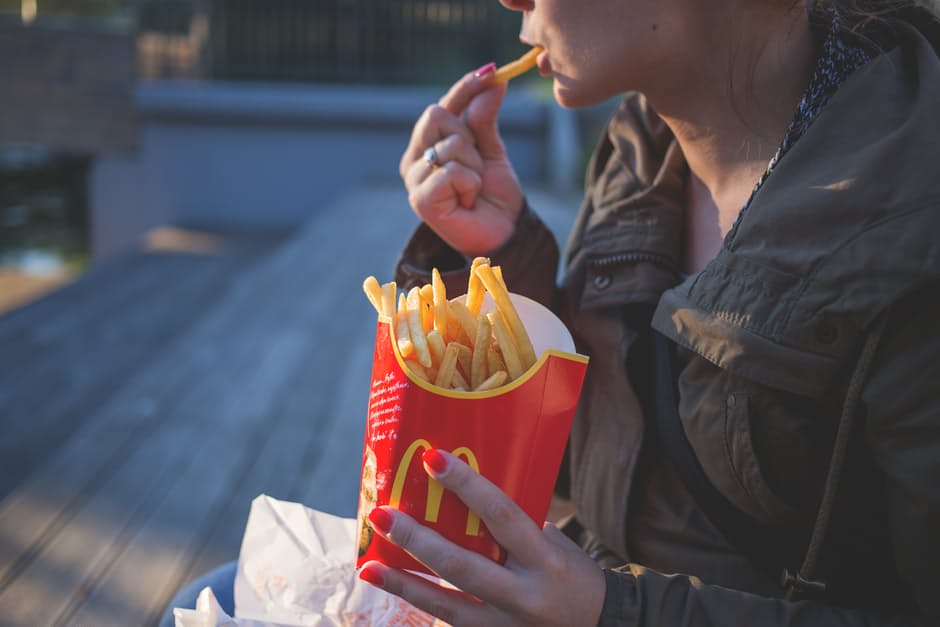Are you ready to order? The tricks of the restaurant trade.
Restaurants live in a cut-throat world where turning tables and selling starters can mean the difference between survival and failure. This means that big chains often plough huge amounts of money into the finessing of their restaurants. The dining experience is optimised to make as much money as possible. Menus are analysed and tweaked to sell more. The ambience of the place is crafted with music and colours. Even waiters try to extract as much value from the customer as possible. These are the tricks of the restaurant trade.
As soon as you walk into a restaurant, the type of experience you will enjoy is determined for you. The ambience of the room will alter your mood and could even affect whether you splash out or choose cheaply.
The colour of the brand and its furnishings is its first impression. Yellow encourages diners to eat quickly, great for fast food restaurants to turn tables. Red stimulates the appetite, which explains why big brands like McDonalds pair them together. In contrast, green is a relaxing colour that is associated with comfort and used by businesses such as Starbucks¹.
The music, and whether any plays at all, is also a conscious choice. Playing music may make you feel sophisticated, but it also makes you feel rich, and be more willing to part with cash. Pop music makes people spend 10% less. Some restaurants also provide toys or drawing materials to occupy children. Whilst this can be a welcome respite for parents, it also rewards the child for coming and makes them much more likely to badger adults to take them back.
Once you have sat down, you are then exposed to the restaurant’s psychological techniques. After being asked to wait at the bar until your table is ready, which means you have already bought a drink, you will be seated with menus. Larger companies have invested money into the design of the menu and apply scientific principles to its arrangement. Some have even used eye scanning technology to track how you view the dishes.

People tend to order cheaper dishes when prices are aligned to the right and are easily compared. Central alignment nests the prices within the text and lets your eyes glide over the cost. Most restaurants don’t include currency symbols so that you aren’t reminded that you are spending money. The cost will also be in whole digits to make it simpler or end in .95 to make it friendlier than the bargain basement connotations of .99.
The dishes with the greatest markup for restaurants are emphasised. Your eye naturally travels to the top left first then over to the top right, which means the most expensive dishes are listed there. A study found that a third of diners will order the first thing they see, which makes this a tempting idea². The dishes themselves will be oozing with golden, sumptuous descriptions to make them more appetising.
They may provoke your nostalgia with dishes like Grandma’s Deep Dish Pie or use another language to make it seem more authentic. This forces you to ask your waiter the meaning and gives them the opportunity to sell you the preferred dishes. Restaurants often want to shift large volumes of a dish, so they may place it in a box, where the negative space draws your eye.
The cheekiest trick is to use outrageously expensive options to make expensive options seem more reasonable. For example, a £30 wine might seem a little steep when you could buy a bottle for £20 but it seems much for reasonable when the alternative costs £50.

Now that you have surveyed the menu and ordered either the first dish you saw or the one in the fancy box, your waiter takes your order. You might think that they are on your side, ready to help you navigate this minefield of menus and etiquette. However, they are also searching for tips and so may use their own tricks to make diners feel generous. One of the most powerful ways of generating money is for a waiter to use light and subtle physical touch. They might touch your shoulder as they sidle past in an effort to make you feel more connected.
People are more likely to tip generously if they see their server as an individual with a name and a personality. For example, they can make customers feel appreciated with a smile drawn on the receipt or giving them a good weather forecast. A study even found that waitresses that wore a flower in their hair saw tips increase by 17%³. Once the bill has been settled and the diner satisfied, the restaurant will hope that your experience has been enough to encourage you to come back. The staff will smile and wave you goodbye, hopefully with plenty of tips from a successful evening.
To learn more about the theories and concepts related to the management of food, beverage and accommodation consider our Strategic Tourism and Hospitality Management courses.
²Journal of Global Business and Technology
³Journal of Applied Communication Research
